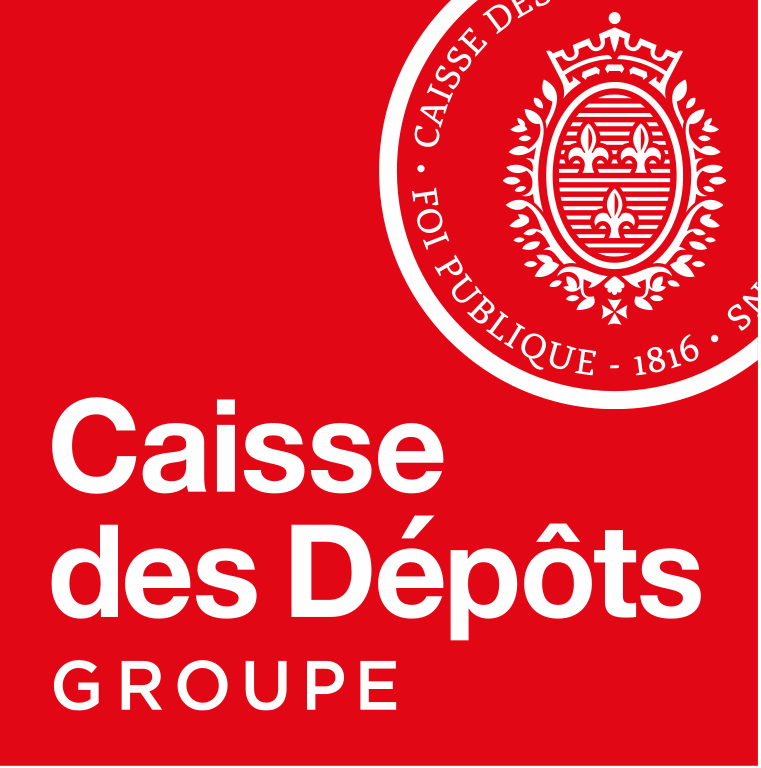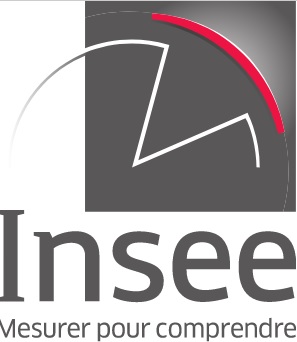01/12/23
- Journals
Concurrence entre banque et plateforme sur le marché du crédit
Nous analysons l'équilibre de la concurrence sur le marché du crédit entre une banque et une plateforme de prêt. Selon l'hétérogénéité des emprunteurs et des prêteurs sur le marché (et leurs distribution), nous montrons que la banque peut étendre l'offre de crédit à des emprunteurs de moins bonne qualité, ou la restreindre à des emprunteurs de meilleure qualité quand elle entre en concurrence avec une plateforme de prêt. Nous montrons que la concurrence a un impact ambigu sur le surplus des emprunteurs, parce que certains emprunteurs payent des taux plus élevés.
01/12/23
- Journals
Paiements Digitaux et Concurrence Bancaire
L'article examine l'impact de la concurrence entre banques et un prestataire de service de paiement sur le taux d'intérêt des prêts et l'usage des instruments de paiement. Le prestataire offre un portefeuille digital et des services de paiement, mais pas de crédit. Nous montrons que l'usage des moyens de paiement dépend à l'équilibre du jeu des coûts de la liquidité pour les banques.
01/12/23
- Journals
Bank-platform competition in the credit market
We analyze the equilibrium in the credit market when a bank and a lending platform compete to offer credit to borrowers. The platform does not manage deposit accounts, but acts as an intermediary between the borrower and investor, offering a risky contract such that the investor is only reimbursed if the borrower is successful. We show that the platform business model of financial intermediation may generate unexpected effects in the credit market. In particular, investor participation in the platform sometimes decreases when the platform attracts better-quality borrowers. When it competes with the platform, depending on the respective distributions of borrower and investor types, the bank may expand the supply of credit to low-quality borrowers, or restrict it to high-quality borrowers. Bank-platform competition expands the total supply of credit, but has an ambiguous impact on borrower surplus, because some borrowers may have higher repayments.
31/01/23
- Journals
Consumer mobility and expenditure during the COVID-19 containments: Evidence from French transaction data
This paper investigates the effects of the pandemic containment periods in France on individuals’ movements, expenditure and adaptation to the shock, using billions of French bank card transactions measured before and during the COVID-19 pandemic. We measure not only the effect on consumer expenditure, but also on quantities directly related to the containment restrictions, such as consumer mobility, number of retailers visited, and inter-regional purchases. The results show large effects on these measures of consumers’ movements, as well as on both online and offline measures of expenditure, particularly in the first containment period. We also find evidence that consumers adjusted rapidly during the first containment period, mitigating the effects of mobility restrictions via an increasing shift toward online purchasing, and that the nature of the adaptation differed for different types of purchase.
18/01/23
- Documents de travail
It is Taxing to be Coherent
The presence of an occasionally binding constraint due to the effective lower bound
(ELB) in New Keynesian models generally gives rise to multiple equilibria under
active monetary policy. To restore uniqueness in the model with an active Taylor
Rule, we consider appropriate simple fiscal policy instruments. Without relaxing the
assumptions of Ricardian equivalence, full information, and rational expectations,
we show that appropriate fiscal targeting rules ensure that New Keynesian models
subject to the ELB possess a unique solution.




